Weeeeee! I'm blogging from here at the NCKP — the National Conference on Keyboard Pedagogy occurring in Lombard, Illinois. Amy Chaplin and I drove a five-ish hour trip to to get here and have been enjoying some wonderfully informative and inspiring sessions so far.
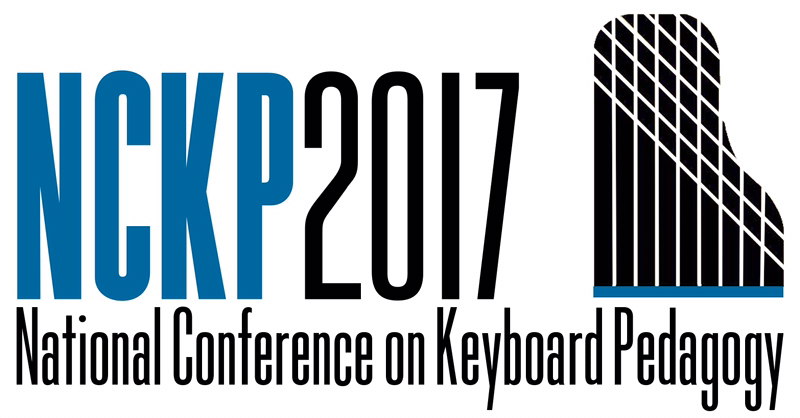
The first day of NCKP was the optional day of pre-conference seminars. This day consisted of a variety of tracks to choose from: technology, teaching students with special needs, musician wellness, collaborative pianists, young professionals, and independent piano teachers. Here's some notes from the sessions I attended.
1:30pm Keynote Address by Barbara Kreader
Barbara is the author of a new book, The Music of Teaching: Learning to Trust Students' Natural Development. This book focuses on the development of perception in our students and on what we as teachers can learn from our students.
Barbara gave a wonderful keynote address. She described a student of hers who found developing basic skills difficult. Barbara felt nearly out of ideas with this student, but found herself amazed at the ongoing tenacity and good naturedness of her student. She realized that this student likely struggled with other subject areas in school. She started asking the student for his ideas about what to do next. The student offered things like that he liked to stand when he felt frustrated and shake out the tension in his muscles. And he said he wanted to sing. They tried those things, and while it didn't make things magically easy, it did help. The student often will reveal what they need, if we just take the time to ask and listen.
Every child develops and matures at their own rate. Before a standardized school system, children graduated to the next skill, not to the next grade. And they did so when they were ready. It is not necessary for every student to graduate from one level to the next at the same time. As independent teachers, we are fortunate to have freedom to allow and nurture development appropriate for individual students.

Amy and I ran into Jennifer Foxx and Lynette Barney at this session. Conferences are wonderful for reconnecting with old friends and making new friends.
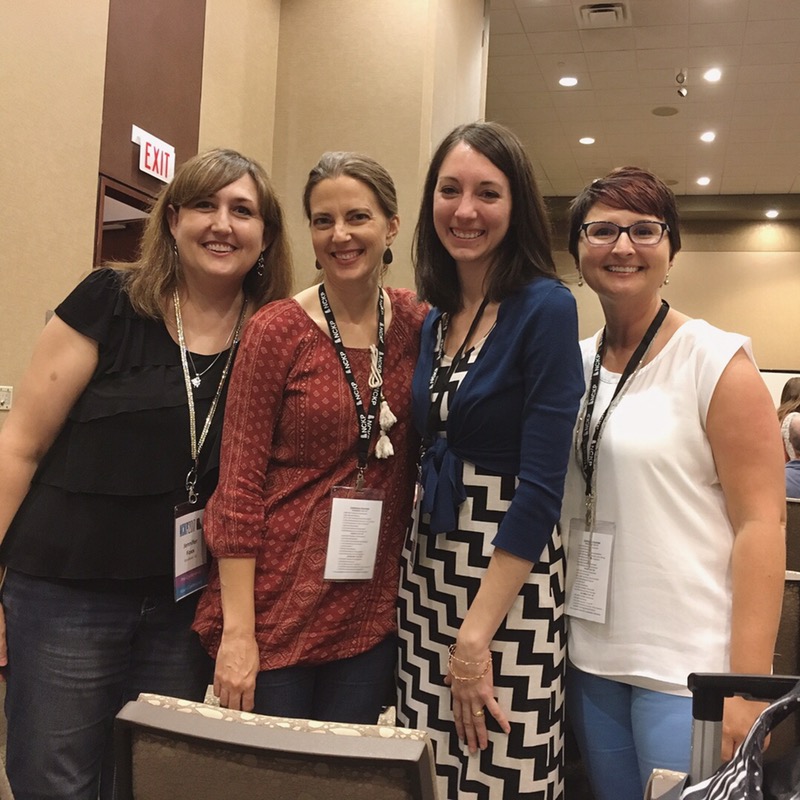
2:30pm Panel Presentation: Carving Out Your Own Career Path, by Artina McCain, Kellie Cunningham, Julie Knerr, Joy Morin, and L. Scott Donald.
I had the honor of participating on this panel of five where we each shared about the aspects of our careers beyond teaching and performing. I covered the activity of blogging and the outgrowth of other projects such as my online shop, Piano Teacher Institute, and my upcoming Piano Teacher Retreat. Other topics that were covered by our panel discussion included self publishing a piano method (woooo, Piano Safari!), creating a piano pedagogy program at a university, and collaborating with other artists in a commercial studio space. It was so fun to hear about the diversity of possible career dimensions for piano teachers!
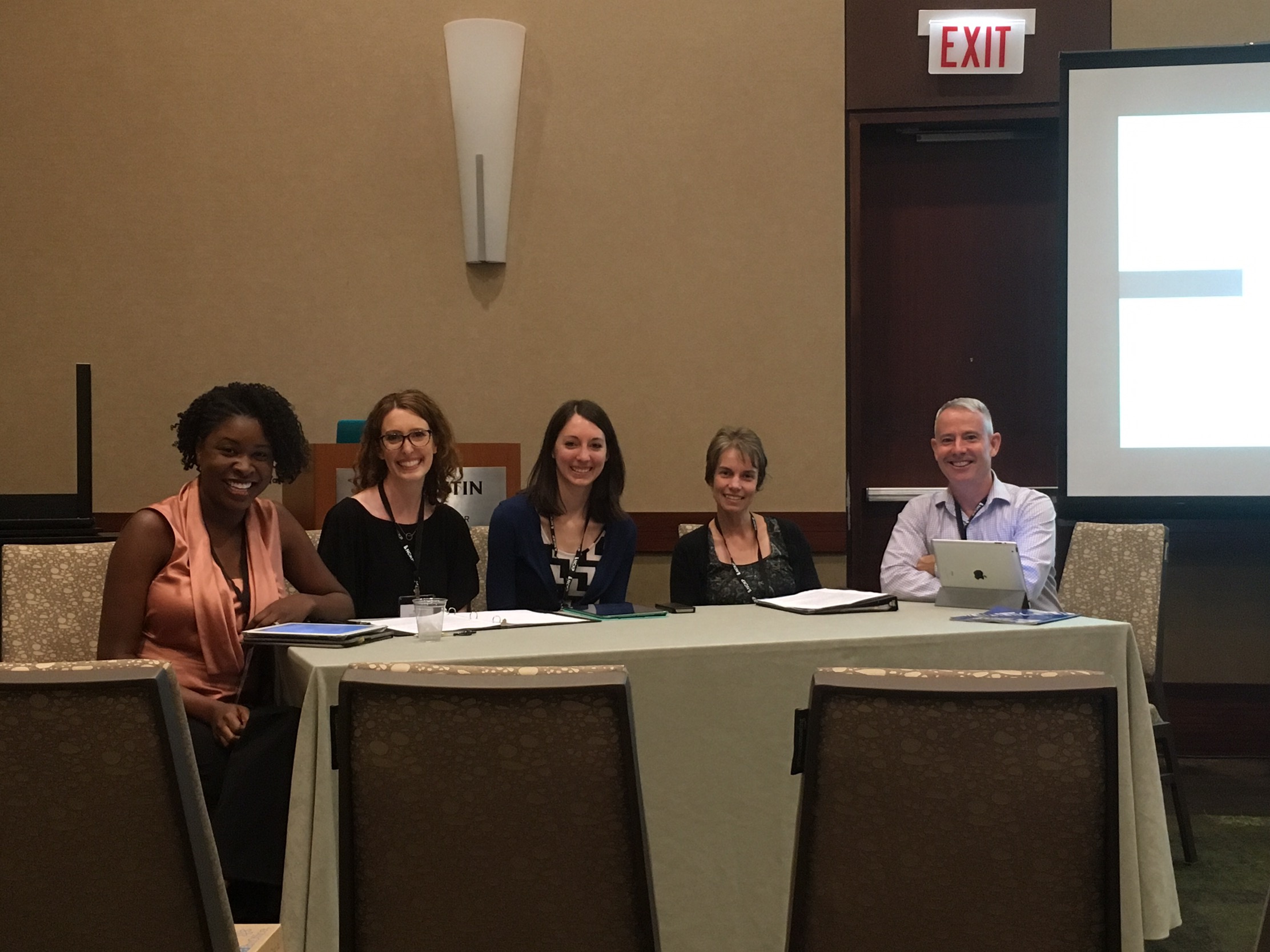
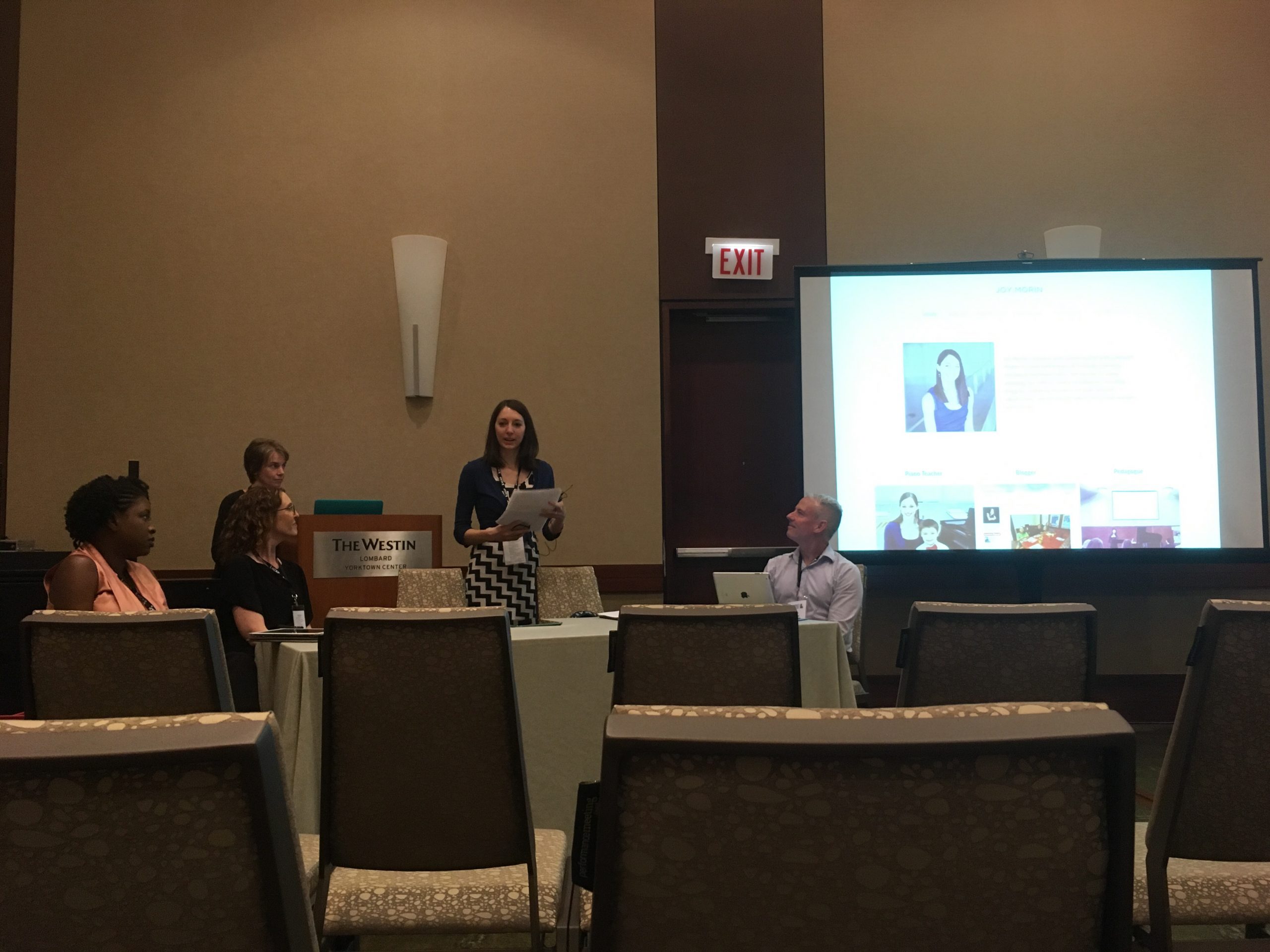
3:15pm Introducing New Repertoire to the Intermediate Student: A Teaching Demonstration by Marvin Blickenstaff
The beloved pedagogue Marvin Blickenstaff gave this teaching demonstration, introducing the piece The Song of Twilight by Yoshinao Nakada to a young student. I found it fascinating to see how Marvin extracted and led the student to discover the LH accompaniment of this piece through first starting with and building upon a descending A major scale.
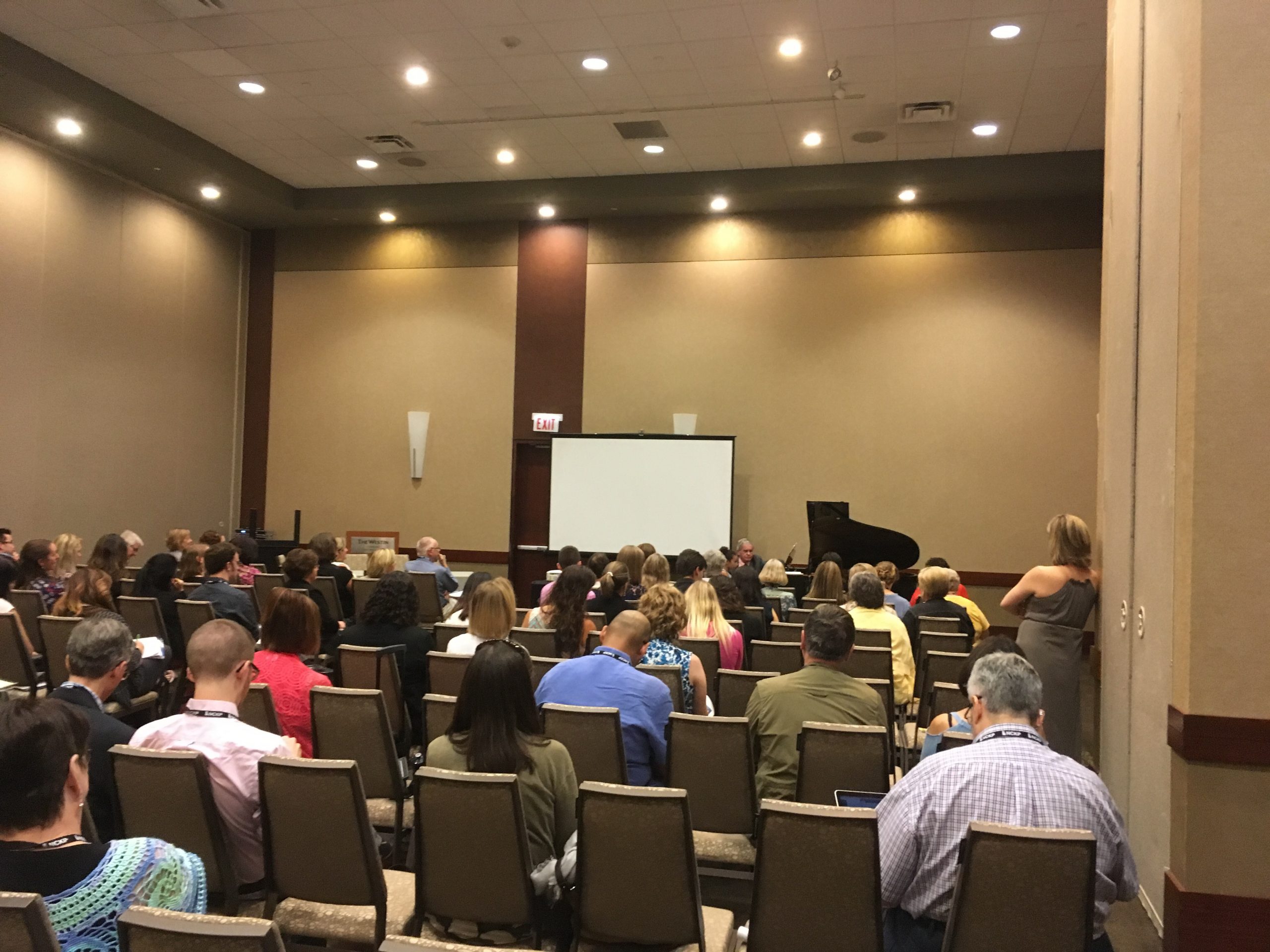
4:45pm Where the Roadmap Ends: How (and when) to leave method books behind, by Jason Sifford, Immanuela Gruenberg, Arlene Steffe, Gail Lee, and Jodi Stewart-Moore
In this panel discussion, Jason facilitated a conversation about how and when to exit piano method books. Some of the questions discussed included: What are some of the skills necessary for entering standard repertoire? How do we structure curriculum after the method book is gone?
The method book is like the skeleton. Supplementing early is helpful to constantly preparing the student for repertoire. And it can serve to fill in certain types of gaps.
How to we get students to the next level of repertoire? One teacher's answer: at some point, the student needs to take over. So, perhaps the question is: how can we as teachers be an encouragement, a support, an inspiration? How can we share with them great music that they will want to play and will stretch them? This was a fruitful and thought-provoking discussion.
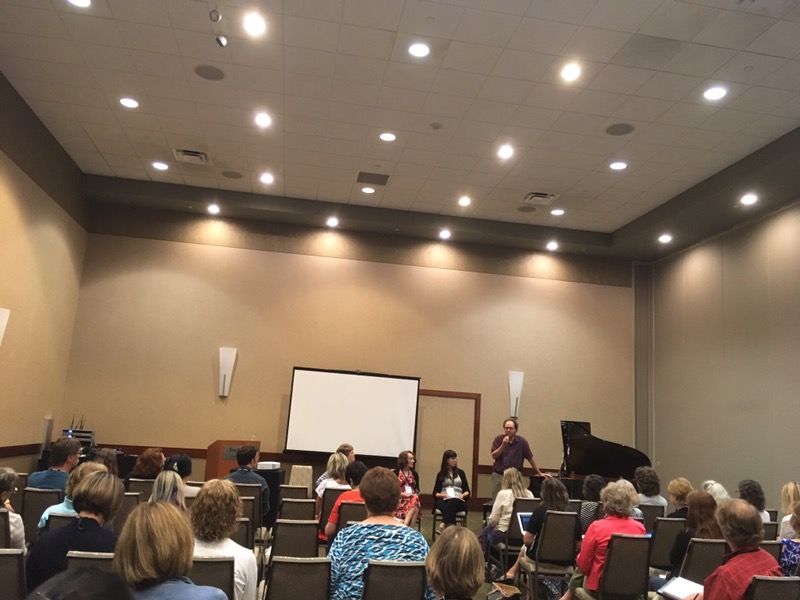
For dinner, I joined Amy, Lou Ann, and Eik Siang Mar of the SproutBeat app for dinner at a conveyer belt sushi bar. Yum!


7:15pm Why Mnemonics and Sight Reading Don't Mix, by Samantha Coates.
Samantha gave an engaging, fun session with the goal of convincing us attendees regarding the fruitlessness of sing mnemonics (such as FACE and All Cows Eat Grass) for reading music. She began by sharing her story about working on improving sight-reading skills at the music academy where she teaches.
In the Yamaha teaching approach, students develop strong aural skills but tend to sometimes have rather weak reading skills. To address this, Samantha and her colleague invented the Sightreading Society for their academy, where students practiced from leveled sightreading handbooks to earn colored keys for their keyring.
Samantha eventually created her Scale Reading Blitz series in 30 levels. This series of books is available only in Australia and the U.K.. Samantha has been giving workshops on this topic for the past 12 years and collecting data about perceptions of teachers and students on sightreading.
There's only as much value in being able as to name pitches as there is value in being able to state the rhythm value names in a rhythm. Using mnemonics to name pitches results in too much emphasis being put on the names. Labels are a convention. Labels are useful, but it's not music.
Samantha led us through a variety of games that convinced us that the usage of mnemonics to read and play music is an unnecessary detour. After all, it doesn't really matter what we call notes. What matters is: can you sing it, or can you play it?
Samantha prefers to teach students to use guidenotes and read intervalically: by distance and direction of the notes. But here's what it really comes down to: How to become a good sightreader? Sight-read a lot.
Read more and watch a video of Samantha here.

Click here for highlights from day 2!



Loved this summary of your time at the pre-conference seminars. Sounds like there was a treasure trove of helpful insight and guidance from the other teachers. I’m sure you were able to provide good information at your panel presentation as well. I was especially interested in the “when to leave the method books behind,” as I have several students I feel are ready to do just that. Thanks for sharing!
Thanks for reading, Jill!!
Thanks, Joy, for your wonderful summaries! I rolled in too late to catch Barbara Kreader’s keynote, although I managed to snag her book at the Hal Leonard booth. I also appreciated reading about sessions I missed for being at other sessions. I enjoyed your panel presentation, which I did arrive in time for (thankfully)—I hold you up as an example to my music majors all the time. Happy landings!
Thanks so much, Juanita! It was so nice to see you again! I have a copy of Barbara Kreader’s book too and can’t wait to devour it. 🙂 Thanks for attending my panel presentation!
Didn’t arrive in time to catch any of the pre-conference sessions so thank you sooo much for these summaries! Great to see you there, although brief!:)
Yes, it was great to see you too, Becky, even if we didn’t have the chance to chat this time! I hope to see you again in 2019!